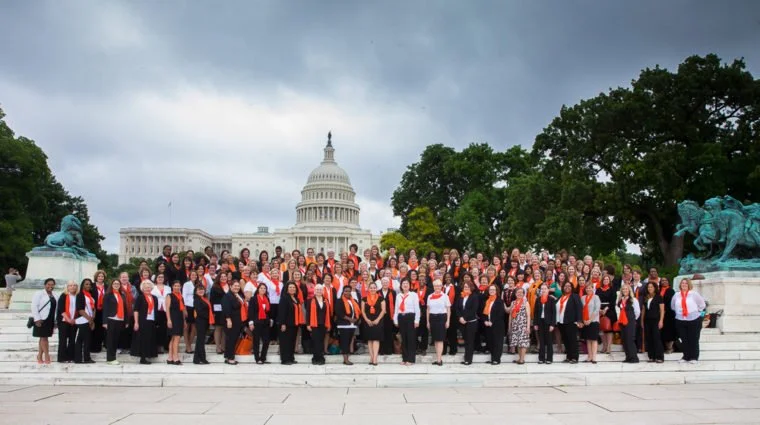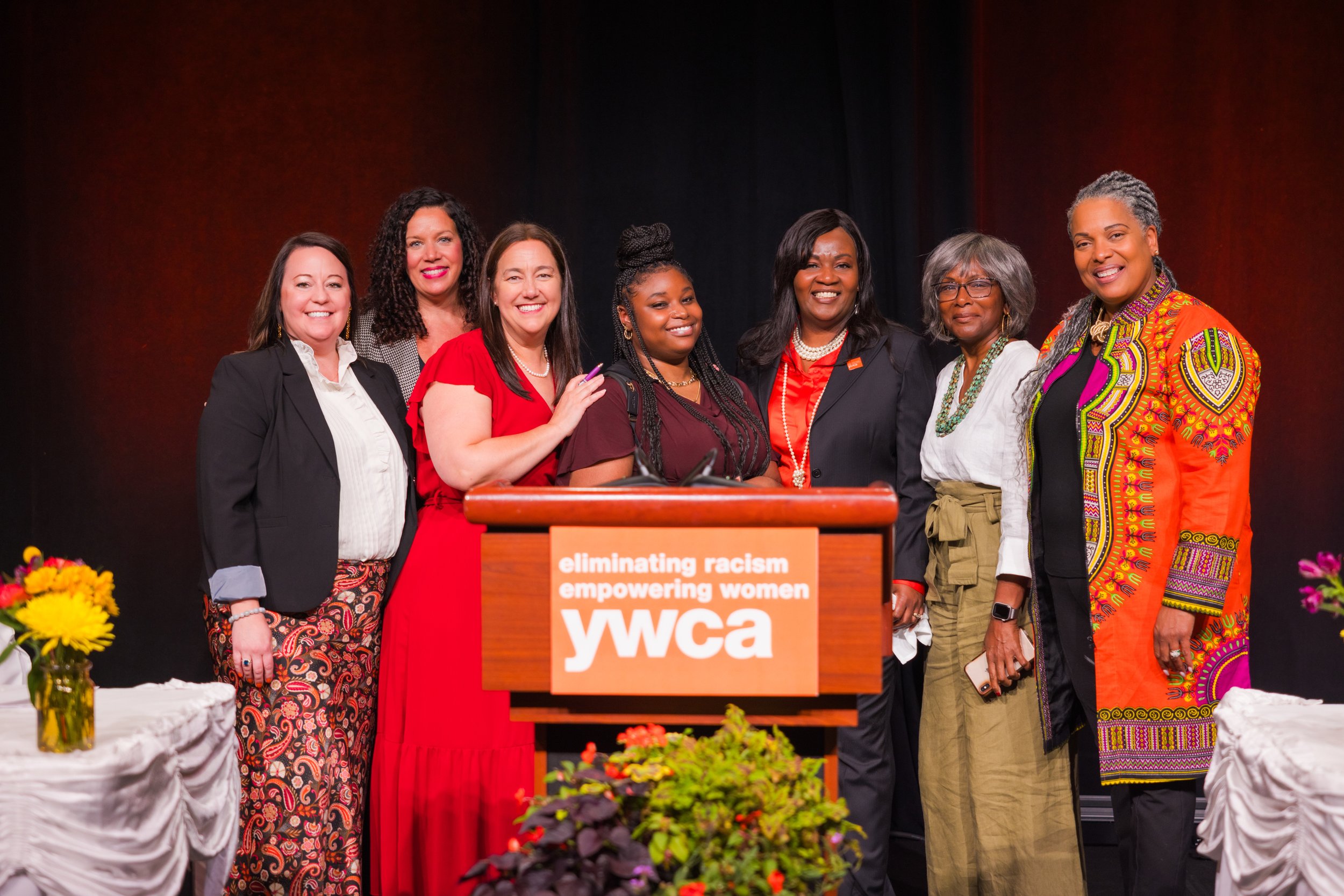YWCA of Rochester & Monroe County is dedicated to eliminating racism, empowering women and promoting peace, justice, freedom and dignity for all.
What We Do ↘
YWCA of Rochester & Monroe County is a powerful resource in our community. We provide direct services, empowerment programming, and advocacy to support marginalized individuals, especially women and families experiencing housing insecurity, while working to challenge structural barriers to equity.
-

Housing
Each year, over 800 women and children take the first and subsequent steps to getting their lives back on track as part of the YWCA's Housing programs.
-

Racial Equity
A fundamental belief of the YWCA is that women cannot be empowered unless we address the issues of race and racism.
-

Community Engagement
Each year, our Young Adult Services prepares hundreds of young people to lead healthy, productive and self-sustaining lives.

Community Impact ↘
Part of our challenge today is to make sure our community understands exactly how we’re fulfilling our mission to eliminate racism and empower women and why it’s so important to do both.

922
people served through our housing services
389
people served through our young adult services
750
people participating in standing against racism










